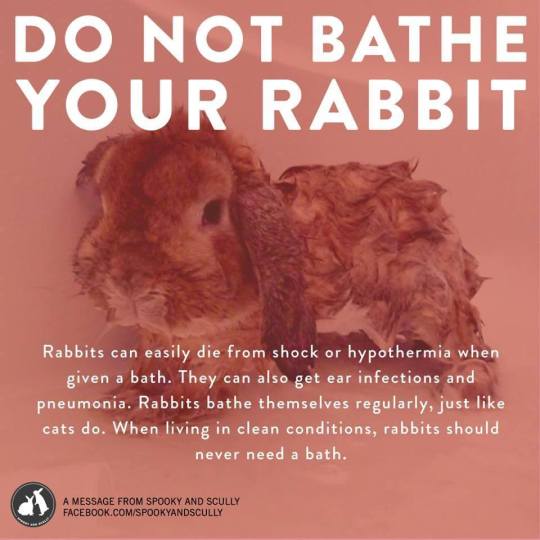PLEASE READ THIS PAGE (link)! Click here for a list of unsafe foods.Sometimes I wonder, who rescued who? My name is Ashley, and I'm addicted to my sugar gliders. They are more like my children than my pets. Emma was three years old when she passed away on November 19th, 2012. We miss her very much, but her memory lives on in the gliders' lives we improve because of what we learned from her. Take a minute to read her story above. Maddie is a year old and Pascal is about eight months old. Maddie rejected Pascal in his first week OOP. I hand raised him and he's my spoiled little devil;) Feel free to ask me any questions you may have! I am honest about what it takes to be a glider parent and I can direct you to resources that I found helpful. I hope to start a glider rescue program in the future. Happy gliding:) Click here to submit pictures of your gliders! PELLETS ARE NOT OUR FRIENDS! Gliders Gliding:)
Don't wanna be here? Send us removal request.
Note
Please STOP recommending the Wodent Wheel. People come to you for advice and will probably listen to what you say. Wodent Wheels cause horrible injuries and Terrible glider deaths. There are much safer alternatives made for gliders specifically.
You need to calm down and back off. This blog has not been active for over a year. I haven't had the time to keep up with it. We all make mistakes and learn better ways to care for our animals, exotic or not.
Not that it's any of your business, but I retired my Wodent Wheel a long time ago. I also bought my Wodent Wheels upon the recommendation of the glider community YEARS ago when I first got my gliders, before anyone really talked much about the risks.
I think I made that post after someone asked about the wheel I was using at that time. That had to be at LEAST two years ago since I was traveling this summer and absolutely did not post about anything glider related.
Perhaps you could take a less abrasive approach and start educating instead of attacking people who haven't learned everything you have? Because I absolutely don't appreciate some stranger coming to the inbox of an inactive blog trying to be all-knowing.
5 notes
·
View notes
Photo

<3 i love these pics. so many people dunno what theyre doing with gliders!
58 notes
·
View notes
Photo
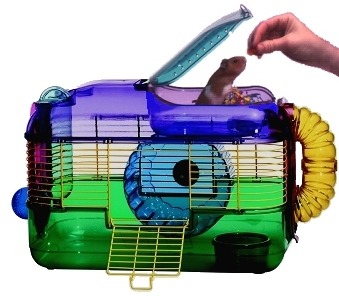



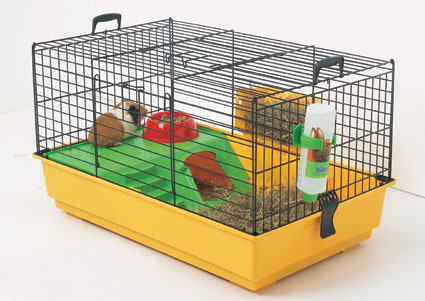

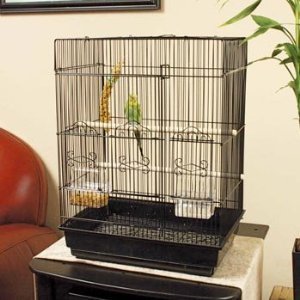
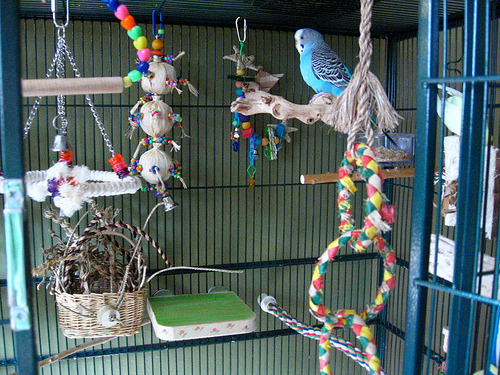

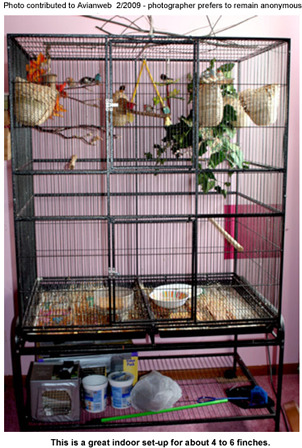
What people thank an animal should be kept in and what the animal actually should be kept in. (click the pictures)
Not based on personal preference, but observable fact. An animal kept in an environment that is too small is unhappy and stressed. This can absolutely lead to a short miserable life.
I see a lot of people, virtually every day, who have these preconceived notions about what an animal can live in. A hamster lives in a hamster cage of course, because the happy little hamster on the box says so! This cage is for finches, they even keep them in it at the store! My friend had a rabbit and it lived in that cage so I’ll get that one. This sort of dangerous socially accepted neglect is not just limited to bettas and goldfish. Mammals and birds are subject to it as well.
What people don’t realize is that almost all commercial or common cages are completely unacceptable as homes for what they are marketed for. Those guinea pig/rabbit cages? Garbage. Those tiny finch cages? Torture. That cute technicolor hamster cage? A gimmick.
All animals need a certain amount of space for enrichment and general well being. That does not mean the cages someone is trying to sell you. It means the cages that are best.
And to all those people who are thinking “Well I had a hamster in a cage that size and it was fine.”
Stop.
You have only observed your animal. You have only observed the animal in a confined space and most likely showing signs of distress or behavioral problems. But you interpreted it as normal because that is all you know. You haven’t seen rabbits in appropriate sized cages. You haven’t seen parakeets in appropriate cages. You haven’t seen a hamster who is happy.
Signs and symptoms of cruelly confined hamsters. (The same applies to mice, gerbils, and rats):
Biting the cage bars
Obsessive digging
"Laziness" (lack of foraging/exploring)
Aggression
Pacing
Running in circles
Obesity
Signs and symptoms of cruelly confined rabbits:
Biting the cage bars
Running in circles
Bouncing off the cage walls
Aggression, irritability when being held
Cage aggression
Constantly banging toys/decor around
Obesity
"Laziness"
Signs and symptoms of cruelly confined guinea pigs
Biting the cage bars
Banging their water bottle on the side of the enclosure constantly
Aggression toward other guinea pigs or you
Obesity
"Laziness"
Signs and symptoms of cruelly confined parakeets
Feather plucking
Aggression to other parakeets
Pacing
Obesity
Repetitive behaviors (constant singing into a corner, going from the same perch to the same perch over and over again)
Fearfulness
Signs and symptoms of cruelly confined finches
Aggression to other finches
Flight tracing: Going from one perch to another in the exact same spot the exact same way over and over again
Obesity
Animals are more complex than people give them credit for. They to do all of the natural behaviors they’re built to do. Exploring, foraging, playing, hiding, interacting (or not interacting) with another animal, etc. All of this is taken from them in cages like the ones above.
People need to educate themselves about an animal before getting one. It’s a thought that’s been said a million times over and yet nobody actually does it. The reality is people who want a hamster/guinea pig/rabbit are not going to sit down and read ten articles and three books waiting 2 months while they set everything up unless they are already enthusiasts who are willing to put that much into their pets. I can say from experience that over 80% of the people who buy pets buy them to make their kids happy with no regard to what the animal needs. What is most important to them is getting a present for their child regardless of any consequences that decision comes with.
So we have to try and get this information out there. We have to try and make THIS the general knowledge about these animals.
Resources and very good reads for anyone who has or wants any of the animals listed here. I’ll add more when I find them.
Rabbits: X X X
Guinea pigs: X
Hamsters: X X X
Finches: X
Parakeets: X
78K notes
·
View notes
Photo

Cute overload. (No need to be concerned about the wires; I had just moved the cage to clean.)
2 notes
·
View notes
Text
glidergirlstoyshop replied to your post: “I want to buy a new cage but I can’t find one I like. Waaah.”:
I highly suggest either the Madagascar or Congo from HQ. You can get them from a couple websites. I am saving up for a Congo!
Both are smaller than the one I already have and neither have horizontal or square bars. I tend not to compromise when it comes to my gliders so the search continues! Thanks for the suggestion though.
3 notes
·
View notes
Text
I want to buy a new cage but I can't find one I like. Waaah.
5 notes
·
View notes
Photo

Merry Christmas and Happy Holidays! :)💕❄🎄🎁
5 notes
·
View notes
Photo








Look at these beautiful sets! I have two of these sets available (as pictured).
This set is made of anti-pill fleece.
This set includes: -Plum Flowers pattern & off-white fleece, two layer blossom pouch -Matching Plum Flowers pattern standard pouch -Matching Plum Flowers pattern (with off-white fleece) two-sided vine -Off-white fleece corner hammock -Matching Plum Flowers pattern fleece corner hammock -Off-white and Plum Flowers pattern square hammock
You can view this set on eBay and Etsy!
8 notes
·
View notes
Photo

I drastically overestimated my sewing abilities when I took on this project, but at least it is done! The gliders now have a car seat cage to finish off their travel system. Their pouch buckles in and I have a rice heating pad that goes behind it for chilly days. I also made the fleece and PUL pad underneath to protect the seat. There’s three zippers: one on the top for easy pouch accessibility, one on the front for treats from the front seat, and one on the side for big items. We’ll see how well it works tomorrow!
6 notes
·
View notes
Note
So, I haven't been on in months because my laptop stopped working..BUT! I got my gliders about a week ago! After almost 2 years of research and waiting I finally got them. Hadley and her little brother Kyro. Hadley is 6 months old and Kyro will be 11 weeks on Tuesday. Bonding is going great! They are such sweeties, but total toddlers. You have to keep a close eye on them. Anything they aren't supposed to get into, they will.
You should get a tent! :)
I'm so glad you finally got your gliders. I wish you and your babies the best:)
0 notes
Text
Travel Heating Pad
It's getting nippy outside! Definitely not glider friendly weather. I've seen it stated that gliders should be between 55-80 degrees. I find that 55 degrees is too chilly personally, so I go by how I feel. If I'm cold, they're probably cold, and vice versa. I don't know about you guys, but we tend to travel with our gliders. With the holidays quickly approaching, I began to look for a solution to chilly car rides. I don't like "warming" up the car because it wastes so much fuel and produces unnecessary emissions. Last year, I made flannel hearing pads full of rice for my mom and it dawned on me I could do the same thing for the gliders! I have a ton of fleece around, so I made mine out of fleece rather than flannel. I definitely think flannel works better.
This heating pad is moderately glider safe, as it has no electrical cords or toxic chemicals. However, it has a few seams (which you could leave out, but it helps keep the rice in place) and I'm sure some gliders would attempt to chew through it. Thankfully rice won't make them sick, although you shouldn't feed it (or most human processed food) to them. My gliders don't chew much of anything so it's a great solution for us.
I also don't suggest placing this in any cage. It's great for placing a pouch on (or next to) for short amount of SUPERVISED time. I am making this tutorial in faith that the user will realize the risks and use proper judgement to ensure safety. I am not responsible for the product. This is for personal use and you do not have permission to use it for monetary gain. Excuse the low quality pictures. I forgot to clean my lens.
That being said, let's begin!



My pieces were about 13x10 but only because they were big enough for what I need, which is to be placed behind this pouch. I chose this fleece because it has permanent wrinkles and needed to be used.

I started by sewing completely around three of the sides and partially around one, like this:


I trimmed around the seams to make it neater.

Then I realized it would be much easier to only have a little hole, so I fixed it.

OPTIONAL: I boxed my corners because I prefer the look, but you definitely don't have to. To do this, you pull the two pieces of fleece apart near a corner to make a triangle.



Then you sew across. It will look something like this at this point:

Then, I trimmed the excess. You can see it's about one inch from the tip.

Next, I turned it inside out.


I started to fill it with rice. I had a funnel, so I used it to make this process easier.
Fill it to the amount you desire. I wanted more rice in the bottom, so that's how I did mine. You can fill yours however much you want.

I decided I wanted three sections, so I made a seam around a third of the way up. I tried doing this without pins and I really don't suggest it.


Continue this process until you reach the top. If I would have thought about it, I would have put two loops on each side. Unfortunately I didn't so this will do. Sew across to close the hole.
Microwave it for 1-3 minutes in 30 second intervals until you find the right time for your pad. It fits perfectly behind their bonding pouch and will help warm my gliders while they are in their car cage. Again, excuse the imperfections. I was rushing and didn't really care about straight lines, haha. Fleece is stretchy so take that into consideration. Hopefully this will help keep your gliders warm!

Happy holidays!
3 notes
·
View notes
Text
We miss you so much, Emmy<3 I can't believe you've been gone for a year already.
2 notes
·
View notes

